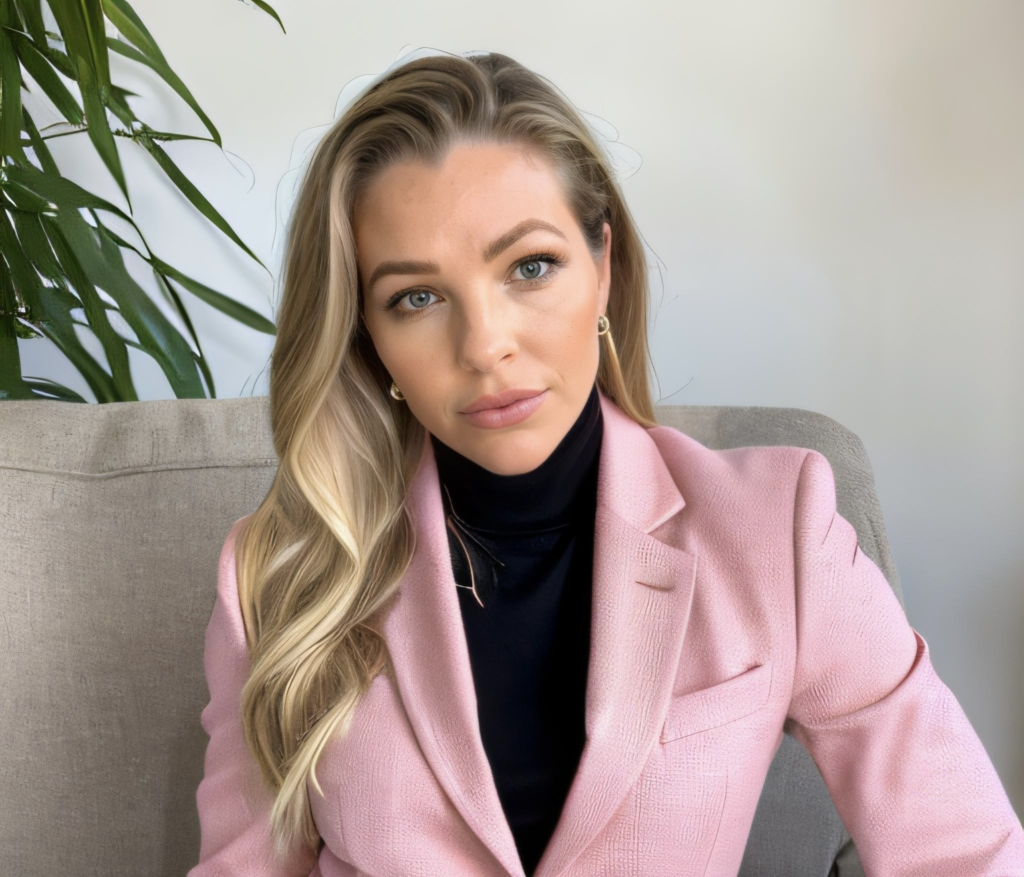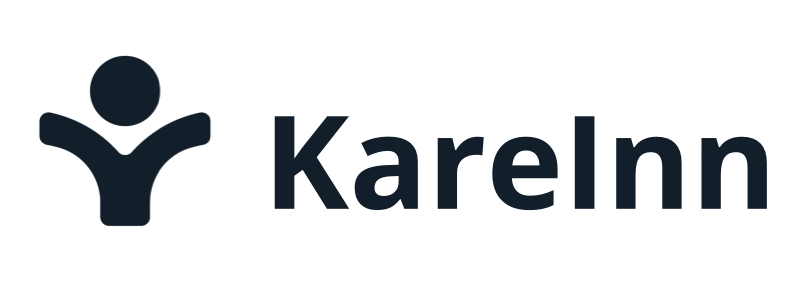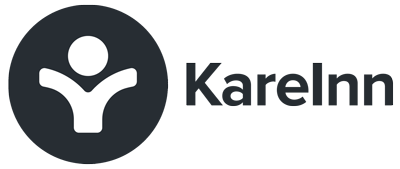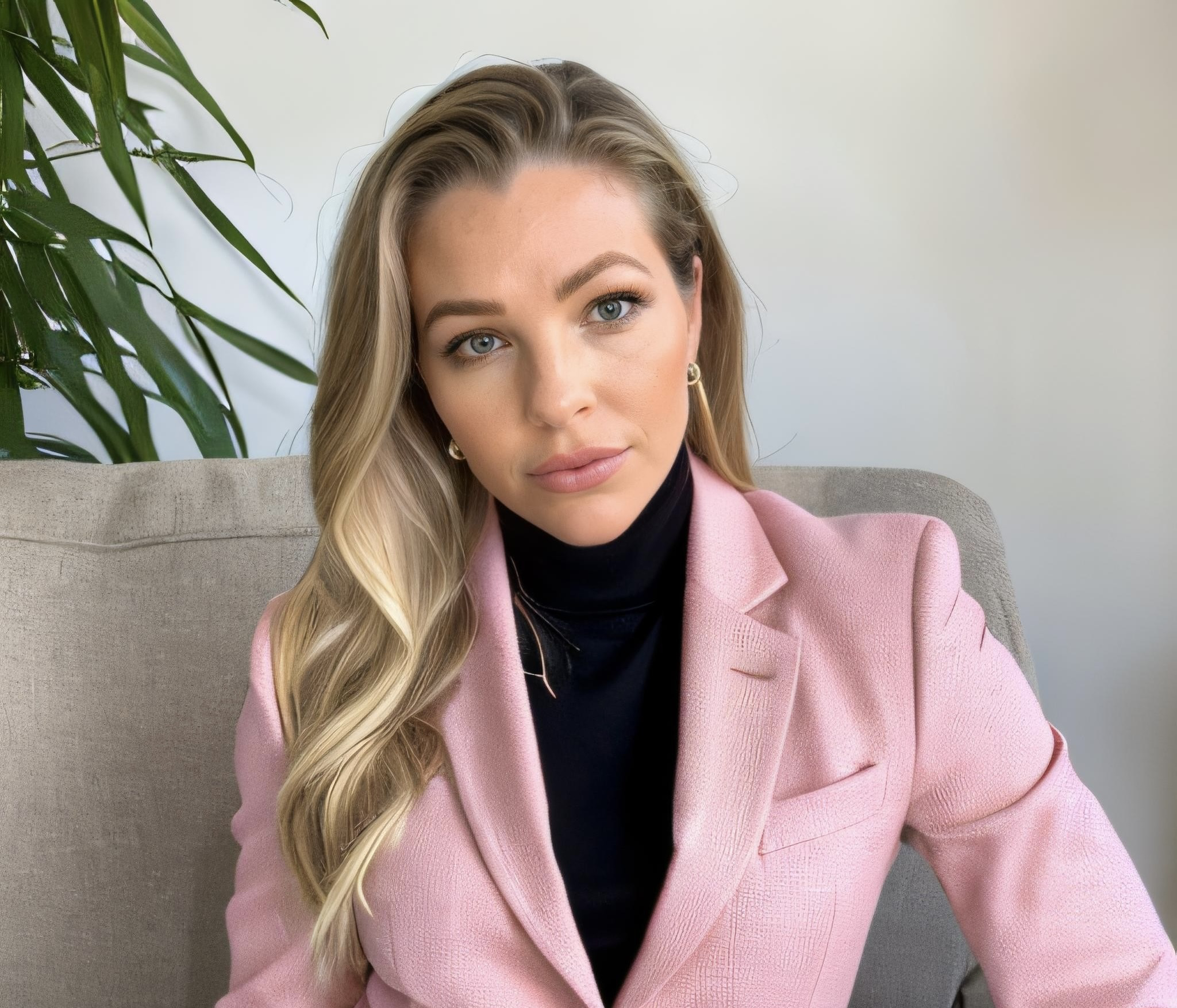As KareInn welcomes Molly Bartlett as Clinical Safety Officer, Kate Colborne-Baber, Managing Director, asks her what prompted the move to SaaS, and what the next few months have in store…
Kate Colborne-Baber: Molly, welcome to the team! It’s great to have you join us. As a registered nurse, I was surprised to learn about the significant amounts of digital transformation you have led in healthcare in your roles in such a short space of time. Is this what you expected when you first started out as a nurse?
Molly Bartlett: Digital anything was the last place I thought I would work in. When I qualified as a nurse, my NHS Trust was implementing a large-scale EPR, going from traditional paper. This EPR was just replacing paper, there wasn’t floor walkers or digital nurses supporting the implementation, so I had no knowledge that I could be involved in it at all.
I went into nursing because I wanted to make a difference to people, to healthcare, and to become a midwife. Although I never continued with that particular path, the want to become a midwife came from growing up on a sheep farm, delivering lambs each year and partaking in my first sheep caesarian section at just three years old. I loved the problem-solving aspect of care delivery.
My nursing career began in the NHS in women’s’ health and early pregnancy, where I worked with the most fantastic team, and mentor. I experienced some wonderful moments; seeing a strong heart beat on the ultrasound scan, and some distressing moments. I was in a unique and privileged environment to support the women and families attending that unit. I went on to specialise in gynae-oncology at that same trust before I moved into the independent sector as a clinical services manager. The first day of that job I remember well. I walked into the hospital to meet my new teams and asked to see the clinical pathways. I naively expected a shiny tablet with a slick EPR, how wrong I was. I was presented with eight pathway booklets, 20 sheets of paper, four drug charts and various other things. When I had to do my first incident investigation, reviewing the medical records was a lengthy process, and took a considerable amount of time. “If only this was electronic”, I kept saying to myself. After two-and-a-half years there, I was asked by the chief nurse to join her team for a digital transformation project. And I haven’t looked back.
I moved from the NHS to the independent sector because I wanted a change; I couldn’t effect change in the way I wanted in the speciality I wanted. I had to accept a career outside of womens health, outside of the NHS. It led me to another speciality… I fell in love with digital.
The digital revolution is evolving rapidly; the pandemic was a positive influence on this. Many NHS Trusts used this time as an opportunity to implement change quickly in certain areas like elective surgery and outpatients departments, who were operating at a lesser capacity than usual. We love data in healthcare, but it is more efficient if we record it electronically, and more so if we can automate it in some way. This is where EPR’s play an important role. The data inputted to EPR systems can be extracted to advise hospitals, regions and nations about the health of our population. We can examine data on a local level to compare things like falls risk from ward to ward in a hospital, to target training and quality improvement initiatives. These systems mean that when a patient attends a hospital A&E, we can view their medical history and record instantly, instead of waiting for the medical records department to trace the files and bring them to A&E. Medical information is accessible in a timely manner, observations and critical information is recorded at the point of care. This improves safety standards and care outcomes. As we face an ever aging population, healthcare becomes more complex, medical history becomes longer, thus digitising paper processes will reduce waste across healthcare, improve standards, interoperability and cross-functional collaboration.
Kate: You clearly have a talent and drive for making change happen with such success. What prompted you to move away from traditional healthcare and over to software development?
Molly: I am deeply passionate about aligning the independent sector with the NHS, as of course one supports the other in a multitude of ways. What sits between them and links them to a degree, are companies like KareInn. However, there is little focus on the care sector, unless it is explaining why our hospitals are so full all of the time. So what are we doing to address that?
KareInn seeks to provide a care planning solution for people living in residential care homes and nursing homes. It is addressing the gap directly. KareInn’s care planning application facilitates improved care standards within these settings, which will help prevent hospital admissions; GPs will be able to view residents’ care history in advance. Should a resident need A&E, then care staff can send them to hospital with the most up to date information about their needs, which means nursing staff can make better informed decisions earlier.
I didn’t know that there were products out there like KareInn. When I was approached about the role, I started looking into it more and I instantly knew it was a fantastic, unique product. To have created this role, Clinical Safety Officer, so early on in its journey shows me that KareInn is serious about what it offer and where it is going.
KareInn has a very authentic feel about it, and that oozes from each member of the team. My position in the digital landscape has always been about the end user, and the patient or client at the end of it. Clinical safety is integral to all digital journeys within health and social care. It ensures compliance is adhered to throughout. As KareInn’s first Clinical Safety Officer, I will deliver the key documents to meet the standards DCB0129, upholding our safety requirements, and ensuring a safety first approach. I want to see what we can achieve at KareInn. It is a high quality, robust product which equally has a great look and feel about it, which often don’t go together! I would like to drive KareInn to be the leading product of choice in the care sector, and ensure we’re always delivering a little bit more than ‘what it says on the tin’.
Kate: How do you see your ambitions being put into practice in the short term? Are there particular projects that you are working on you can share?
Molly: I am a clinical leader, that is my natural default, so I definitely hope to lead clinically within KareInn. I would like to see all our partnerships build and in return improve the standards of care provided by the facilities using our product. I would like to develop our product to provide the whole digital solution for care. My main focus currently is to produce the key DCB0129 documents for the NHS Assured Supplier List and GP Connect. This will give a robust level of assurance to all of our customers that we are fundamentally safe. We can then work on taking KareInn to the next level.
